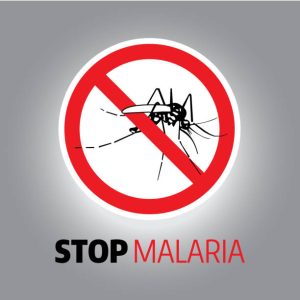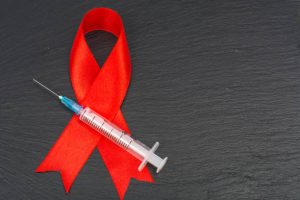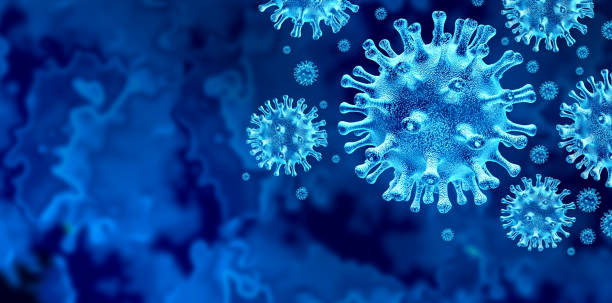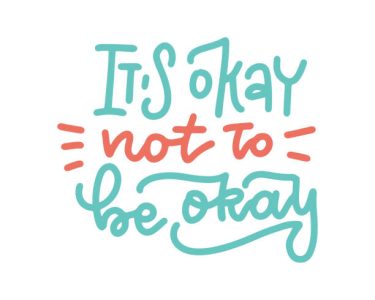 Disease prevention campaigns are instrumental in addressing public health challenges in Kenya, where infectious diseases such as malaria and HIV/AIDS remain significant concerns. Through targeted interventions, education, and community engagement, these campaigns aim to reduce the burden of disease, improve health outcomes, and enhance the quality of life for all.
Disease prevention campaigns are instrumental in addressing public health challenges in Kenya, where infectious diseases such as malaria and HIV/AIDS remain significant concerns. Through targeted interventions, education, and community engagement, these campaigns aim to reduce the burden of disease, improve health outcomes, and enhance the quality of life for all.
Disease Prevention
1. Malaria Prevention and Control:
 Malaria remains a leading cause of morbidity and mortality in Kenya, particularly among children under five and pregnant women. Disease prevention campaigns focus on strategies such as insecticide-treated bed nets distribution, indoor residual spraying, and prompt diagnosis and treatment of malaria cases. Community health workers play a crucial role in raising awareness about malaria prevention measures and promoting early detection and treatment.
Malaria remains a leading cause of morbidity and mortality in Kenya, particularly among children under five and pregnant women. Disease prevention campaigns focus on strategies such as insecticide-treated bed nets distribution, indoor residual spraying, and prompt diagnosis and treatment of malaria cases. Community health workers play a crucial role in raising awareness about malaria prevention measures and promoting early detection and treatment.
2. HIV/AIDS Awareness and Treatment:
 Kenya has made significant strides in HIV/AIDS prevention and treatment, with widespread access to antiretroviral therapy and comprehensive HIV care services. Disease prevention campaigns emphasize HIV testing and counseling, prevention of mother-to-child transmission, and promoting safer sex practices. Stigma reduction efforts aim to eliminate discrimination against people living with HIV/AIDS and encourage early diagnosis and treatment initiation.
Kenya has made significant strides in HIV/AIDS prevention and treatment, with widespread access to antiretroviral therapy and comprehensive HIV care services. Disease prevention campaigns emphasize HIV testing and counseling, prevention of mother-to-child transmission, and promoting safer sex practices. Stigma reduction efforts aim to eliminate discrimination against people living with HIV/AIDS and encourage early diagnosis and treatment initiation.
3. Vaccination Programs:
 Vaccination programs are essential for preventing the spread of vaccine-preventable diseases and reducing childhood morbidity and mortality. In Kenya, national immunization campaigns target diseases such as measles, polio, and tuberculosis, ensuring that children receive life-saving vaccines according to the national immunization schedule. Mobile outreach clinics and community health centers facilitate vaccine delivery to underserved populations.
Vaccination programs are essential for preventing the spread of vaccine-preventable diseases and reducing childhood morbidity and mortality. In Kenya, national immunization campaigns target diseases such as measles, polio, and tuberculosis, ensuring that children receive life-saving vaccines according to the national immunization schedule. Mobile outreach clinics and community health centers facilitate vaccine delivery to underserved populations.
4. Health Education and Behavior Change:
Health education and behavior change communication are integral components of disease prevention campaigns in Kenya. These initiatives utilize mass media, community workshops, and interpersonal communication to disseminate information about disease transmission, prevention measures, and the importance of seeking timely healthcare. By empowering individuals and communities with knowledge, skills, and resources, health education promotes positive health behaviors and fosters sustainable change.
 In conclusion, disease prevention campaigns play a critical role in safeguarding public health and promoting wellbeing in Kenya. Continued investment in disease surveillance, healthcare infrastructure, and capacity building is essential for sustaining progress and achieving lasting impact in the fight against infectious diseases in Kenya.
In conclusion, disease prevention campaigns play a critical role in safeguarding public health and promoting wellbeing in Kenya. Continued investment in disease surveillance, healthcare infrastructure, and capacity building is essential for sustaining progress and achieving lasting impact in the fight against infectious diseases in Kenya.






